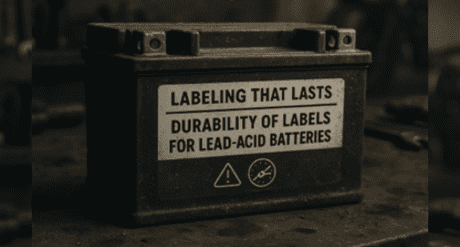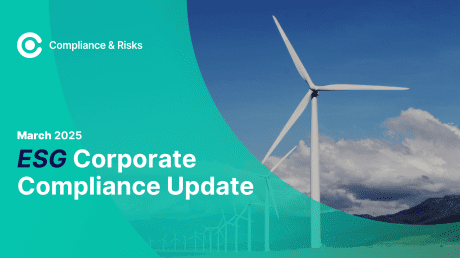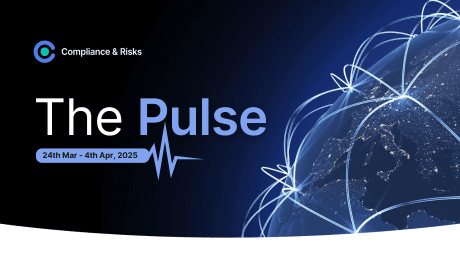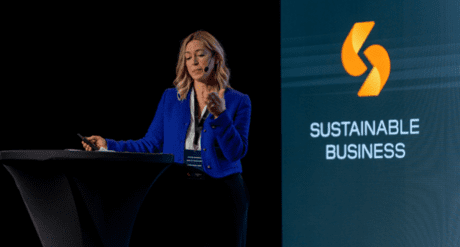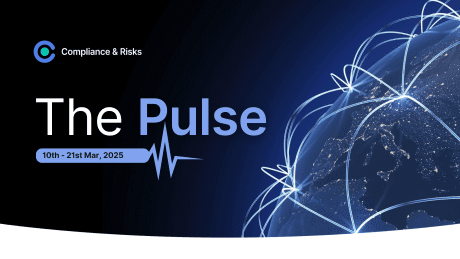
The Weekly Pulse: 31st October – 4th November
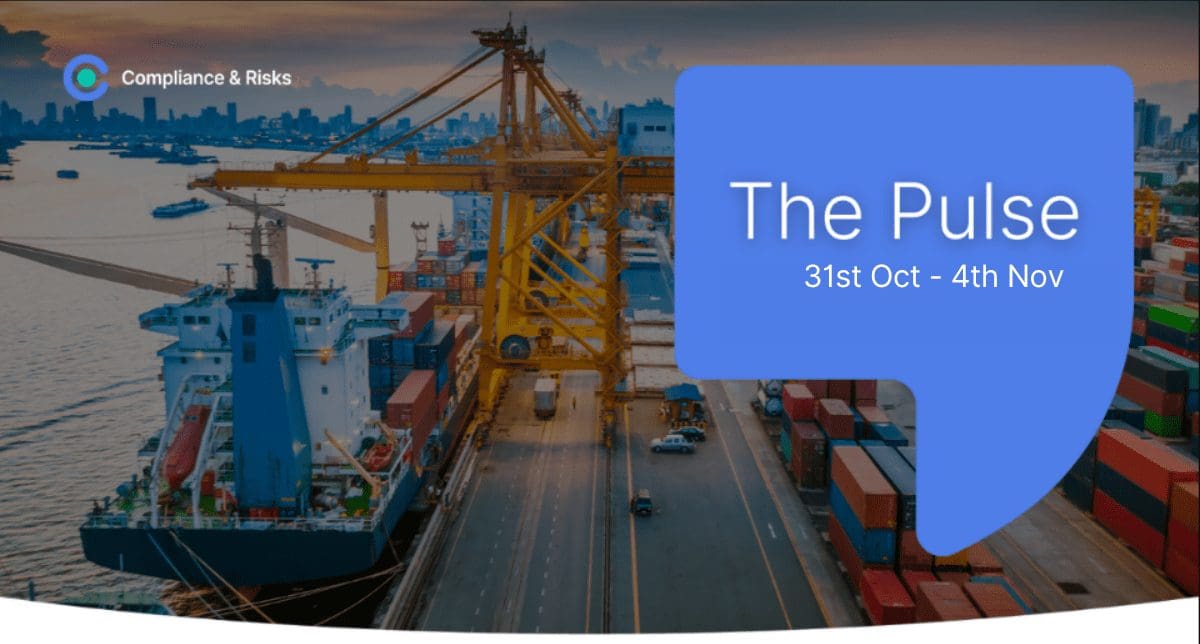
What’s HOT in our Regulatory World at the moment?
What are our clients looking at?
This week’s trending sources in C2P
- UK: Electrical Equipment Designed for Use Within Certain Voltage Limits – Designated Standards, Notice 0009/21 – Amendment – (on updating the list of established standards) Notice, 0070/22
- China: Compulsory Certification of Information Technology Equipment, Draft Implementing Rules, October 2022
- Alberta (Canada): Extended Producer Responsibility, Regulation 194/2022
What is our Content Team talking about?
Calls for EU to reverse burden of proof in proposed Ban on Products Made by Forced Labour – Joanne O’Donnell
On 25 October, the EU Committee on International Trade met in Brussels to discuss the draft EU Ban on Products Made by Forced Labour which was proposed on 14 September 2022.
The proposal will effectively prohibit the placing on the EU market of products made with forced labour, as well as their export from the EU.
During the debate, MEPs and experts urged the EU Commission to reverse the burden of proof currently set out in the proposal so that the onus is on companies rather than national authorities to demonstrate that products from the Xinjiang region of China are not made by forced labour.
This reversal, if enacted, would bring the proposal in line with the US Uyghur Forced Labor law.
The proposal still has to be agreed by the European Parliament and EU Council following which there will be an agreed delay – the Commission has proposed two years – before it applies in EU Member States.
It is therefore unlikely that the proposal will be adopted before the end of 2023.
In the meantime, it is recommended that businesses review the European Commission’s July 2021 guidance on measures to address risks of forced labour in their operations and supply chains which “explains the practical aspects of due diligence and provides an overview of international standards on responsible business conduct and due diligence that are relevant for combatting forced labour.”
What are our Knowledge Partners talking about?
US State of Maine PFAS Reporting and Restrictions Moves Forward – Walter Jager, ECD Compliance
PFAS (Perfluoroalkyl and Polyfluoroalkyl) reporting requirements and restrictions come into effect in the U.S. State of Maine in less than three months — starting January 1, 2023.
The restrictions will, in the short term, impact only a limited set of products (e.g. carpets and fabric) but nearly all products containing intentionally added PFAs that are sold in Maine, including imported products, need to be reported to the Maine Department of Environmental Protection (DEP) using an online database.
The regulatory requirements will be a serious challenge for industries that use a variety of PFAS substances, especially when they are used in small quantities and their identity and presence are considered trade secrets.
PFAS are used in many electrical and electronic products given the unique technical properties of the substances in this group.
The reporting requirement applies if PFAS was intentionally added to the product or any of its components. Manufacturers will need to provide information that identifies the product, the specific PFAS substances that are contained, the concentration of each PFAS substance, the purpose of the PFAS substances and contact information.
The regulatory basis is Maine Public Law c.477 “An Act To Stop Perfluoroalkyl and Polyfluoroalkyl Substances Pollution” which was enacted in July 2021.
The Maine Department of Environmental Protection (DEP) is now finalizing the Rule that will specify additional details of how manufacturers are to notify the State (i.e. the online database) and what information needs to be provided.
On October 13, 2022, the Maine DEP circulated a second concept draft Rule. A stakeholder consultation was held on October 27, 2022 during which the Maine DEP discussed the plan for finalizing the Rule, described changes made in the second concept draft compared to the first draft, and answered questions raised by participants.
A Maine DEP Representative said that the second concept draft is currently open for stakeholder commenting until November 10th , and that several steps remain in the process before a Final Rule will come into effect – which they expect around April 2023. The online database for submitting PFAS notifications should be available soon afterwards.
The representatives were quick to point out that although the Rule will not be in place by January 1, 2023, the reporting requirements and the start date are hard coded in the statutory Act; therefore, manufacturers are still required to meet the obligations as of January 1st unless they have been granted an extension.
Several participants asked if there would be a blanket extension to the reporting requirement given the delay; DEP responded that they do not have the authority to grant such an extension and that extensions can only be issued to individual manufacturers.
DEP is continuing to accept requests for a six-month extension, and they indicated that they are granting most of the requests.
During the initial absence of the online database for PFAS reporting, DEP requested that manufacturers submit the required information using digital means such as a spreadsheet or table in a Word document.
The Maine DEP responded to several questions asked by stakeholders:
Does PFAS concentration (for reporting into the database) need to be calculated based on the weight of the entire product, the product part, or the material containing the PFAS? DEP said that they are still studying this question to determine what is most meaningful.
They said that it will not be based on the weight of the finished product and they are currently leaning towards the weight percent of the product part containing the PFAS, but they are open to receiving comments and suggestions on this question.
Which products will be allowed to report using concentration ranges and what are those ranges? DEP indicated that they would establish concentration ranges only after they have sufficient information from manufacturers to identify meaningful ranges. In the interim, manufacturers need to report actual PFAS concentration.
Representatives confirmed that reporting will be based on the definition of PFAS in the Act and that they will NOT be providing a complete list of CAS numbers. However, the database will include a non-exhaustive list of PFAS substances with CAS numbers.
“PFAS” means all substances that include any member of the class of fluorinated organic chemicals containing at least one fully fluorinated carbon atom.
DEP confirmed that the term ‘product’ has a statutory definition that includes commercial and industrial uses
There was a significant discussion on whether or not the ‘packaging’ associated with the sale of a product was in scope of the reporting requirements.
There is an exemption in section 4 of the draft rule that says products that are subject to the Title 32, §26-A, “Reduction of Toxics in Packaging” regulation are exempt. However, DEP suggested that packaging associated with a finished product is a part of that product (as sold) and therefore needs to be reported under the same rule as any other part of the product.
The discussion appeared to create more confusion than clarity and will likely need additional explanation.
Additional Information:
The Maine DEP has provided a website with additional background information and a set of frequently asked questions that they are periodically updating here
What are our Clients asking about?
Can you provide the scope of products falling into GSO’s low voltage technical regulation ? – Answer by Joyce Costello
The GSO’s low voltage technical regulation applies to electrical and electronic devices and appliances/fixtures designed for household use with a voltage rating between 50 and 1000 V for AC and between 75 and 1500 V for DC.
The Regulation further divides the products in scope into two lists, referred to as List (1) and List (2), which require different conformity assessment procedures.
GSO has to date published List 1, comprising 13 categories of higher risk products which are subjected to Gulf Type Examination (Module B) + Conformity to Type (Module C), and require Gulf Type Examination certification by a Notified Body:
- Domestic Electrical Fans
- Refrigerators, freezers and other refrigerating or freezing equipment
- Centrifugal clothes dryers and Clothes washing machines, including machines which both wash and dry
- Food grinders and mixers, fruit or vegetable juice extractors
- Toasters
- Electro-thermic hair-dressing apparatus and hand dryers
- Domestic electric heating apparatus
- Microwave ovens
- Other ovens; cookers, cooking plates, boiling rings, grillers and roasters
- Electric instantaneous or storage water heaters and immersion heaters
- Electric smoothing irons
- Plugs, Socket outlets, Adaptors, Cord Extension Sets and chargers
- Air conditioners
The following equipment are expressly not in scope:
- Electrical equipment for use in an explosive atmosphere
- Electrical equipment for radiology and medical purposes
- Electrical parts for goods and passenger lifts
- Electricity meters
- Electric fence controllers
- Radio-electrical interference
- Specialized electrical equipment, for use on ships, aircraft or railways, which complies with the safety provisions drawn up by International Bodies in which the Member States participate.
Stay Updated On Global Regulations With The Weekly Pulse
This information is based on the most viewed regulations on C2P this month.
Sign up to get the latest compliance news delivered to your inbox weekly, for free!
The Pulse – Weekly Newsletter
Get the latest compliance news delivered straight to your inbox

